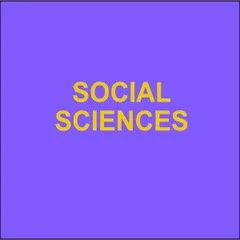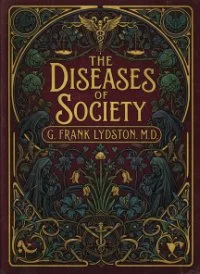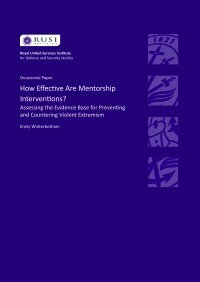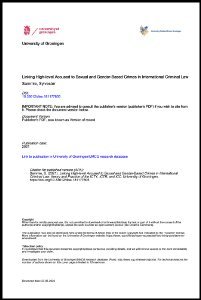Edited by: Stavros Assimakopoulos, Fabienne H Baider, et al.
A Discourse-Analytic Perspective. This open access book reports on research carried out as part of the European Union co-funded C.O.N.T.A.C.T. project which targeted hate speech and hate crime across a number of EU member states. It showcases the bearing that discourse analytic research can have on our understanding of this phenomenon that is a growing global cause for concern.Although 'hate speech' is often incorporated in legal and policy documents, there is no universally accepted definition, which in itself warrants research into how hatred is both expressed and perceived. The research project synthesises discourse analytic and corpus linguistics techniques, and presents its key findings here. The focus is especially on online comments posted in reaction to news items that could trigger discrimination, as well as on the folk perception of online hate speech as revealed through semi-structured interviews with young individuals across the various partner countries. This work was published by Saint Philip Street Press pursuant to a Creative Commons license permitting commercial use. All rights not granted by the work's license are retained by the author or authors.
Springer (2020) 97 pages.





















